DOG TRAINING OFFERED IN-PERSON AND ONLINEOur dog training services are delivered in almost any format that meets your needs. We have GROUP CLASSES at our indoor and outdoor facilities on our farm, ONLINE LIVE STREAMING classes, and SELF-PACED VIDEO-BASED training through our Online Dog Training Course. Our PRIVATE TRAININGS can be done in-home, outside, in public dog-friendly locations, at our facility on our farm, online via phone or video conferencing and through email. |
Question:
If we leave our dog alone for more than a few hours, he becomes destructive. What can we do?
The Trainer Answers:
First, let’s try to understand WHY your dog is being destructive. If your dog is anxious about you leaving, the destruction is around windows and doors, and it happens every time you leave, then we need to consider separation anxiety.
In most cases, however, the destruction is due to something else. How often does the destruction occur? It sounds as if your dog is OK for shorter periods of time, but not for anything more than a few hours. In most cases, this is a result of boredom. The dog becomes bored after a certain period of time or at certain times of the day and is looking for something to do.
Take down some notes about all of your recent departures. How long is the dog left alone? At what times of the day? When has he been destructive? See if you can determine any patterns – periods of time, times of the day, etc. that will help you narrow down WHEN the destructiveness occurs.
Next, note what was destroyed. Does he target particular items or areas of the house? Do they have a certain texture, smell or other similarity? Some dogs prefer wood or paper products. Some prefer soft items, such as pillows or couch cushions. Some prefer items that smell like a certain person – shoes, socks, etc. Some dogs choose to empty the trash or clear off the counter or table tops. Is there a pattern? What does your dog do with these items? Move them? Shred them? Chew on them? Consume them?
If your dog is bored and looking for fun things to do, we need to make some changes to prevent the destruction of inappropriate items. First, you need to ensure the dog does not have access to the entire house so you can manage what he can and cannot access. This might mean crating your dog or confining him to one room of the house until the situation is better under control.
Next, find ways to burn off your dog’s energy in more constructive ways. Find ways to help your dog burn off energy BEFORE you leave. Take him for a walk. Play with him in the back yard. Do some training. Have him work for his breakfast. Mental and physical exercise will both burn off energy so he will be calmer when you are gone.
When he is left alone, provide him with appropriate activities that he will enjoy. If he tends to chew up items, you should find appropriate but safe chew items to leave with him. However, simply leaving a bone or toy for him might not be enough. You need to find ways to ensure he does not have opportunities to chew inappropriate items and also find ways to make appropriate items more enticing to him. Simply leaving out bones or toys will not ensure that he will use those rather than chew on inappropriate items.
Give your dog some activities he can do on his own while you are gone. Some dogs love playing with toys if there is someone to throw the toy for them, but do not know how to play with a toy by themselves. Try some interactive toys in which you can place food or other toys so your dog must work to access food, treats, or other toys. Hide food or toys so that your dog must find them. If you can find ways to make appropriate items more interesting, your dog will begin to ignore the other items. You might need to teach your dog how to use interactive toys. Don’t assume he will simply know how to use them on his own.
With some advance planning, management and appropriate exercise, your dog should learn how to handle being alone without destroying your house or personal belongings.
Our goal is to positively impact the lives of as many dogs and their families as we can, in part through our extensive library of video, infographics and text articles. |

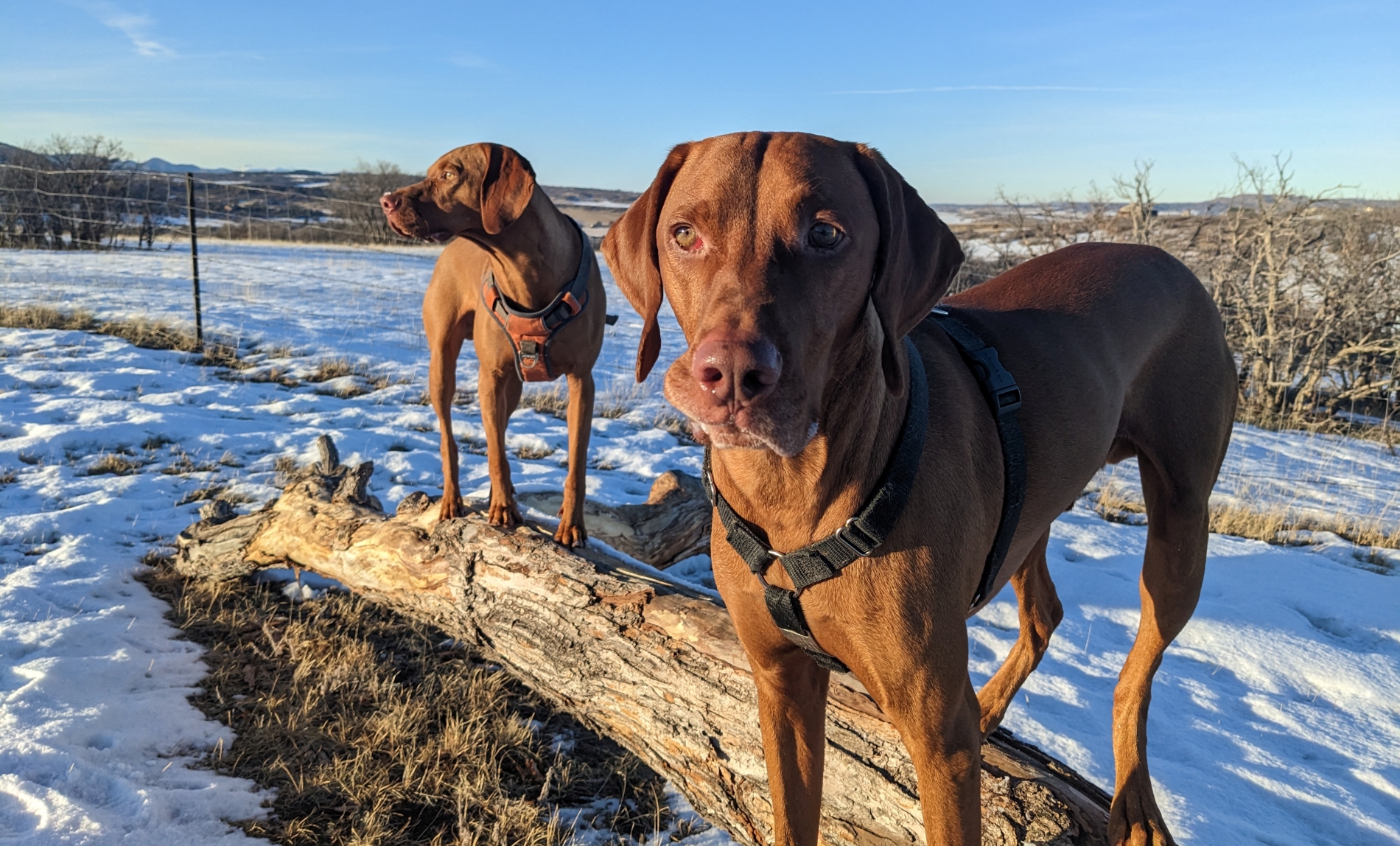
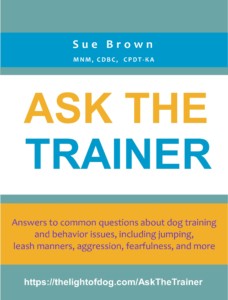
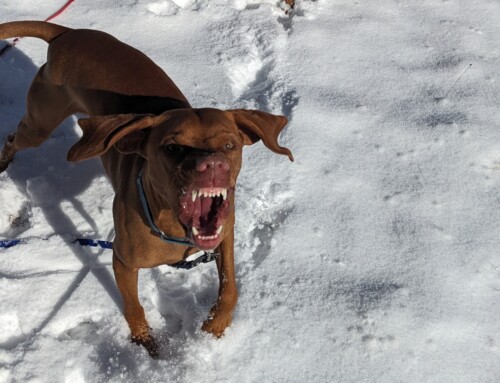
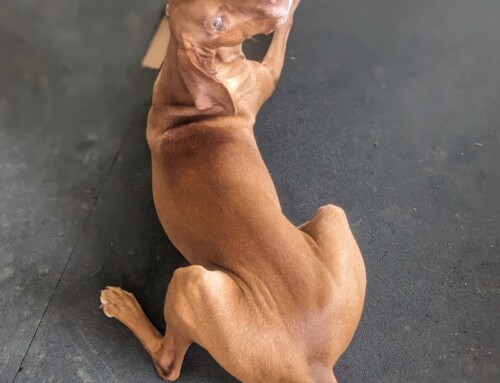

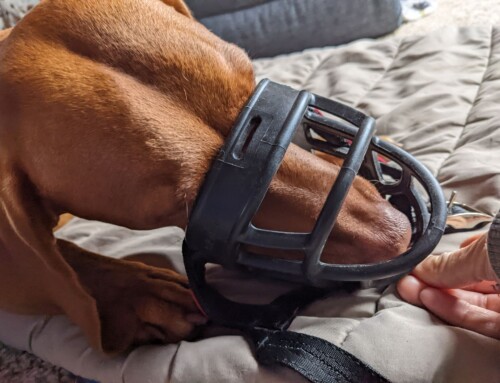
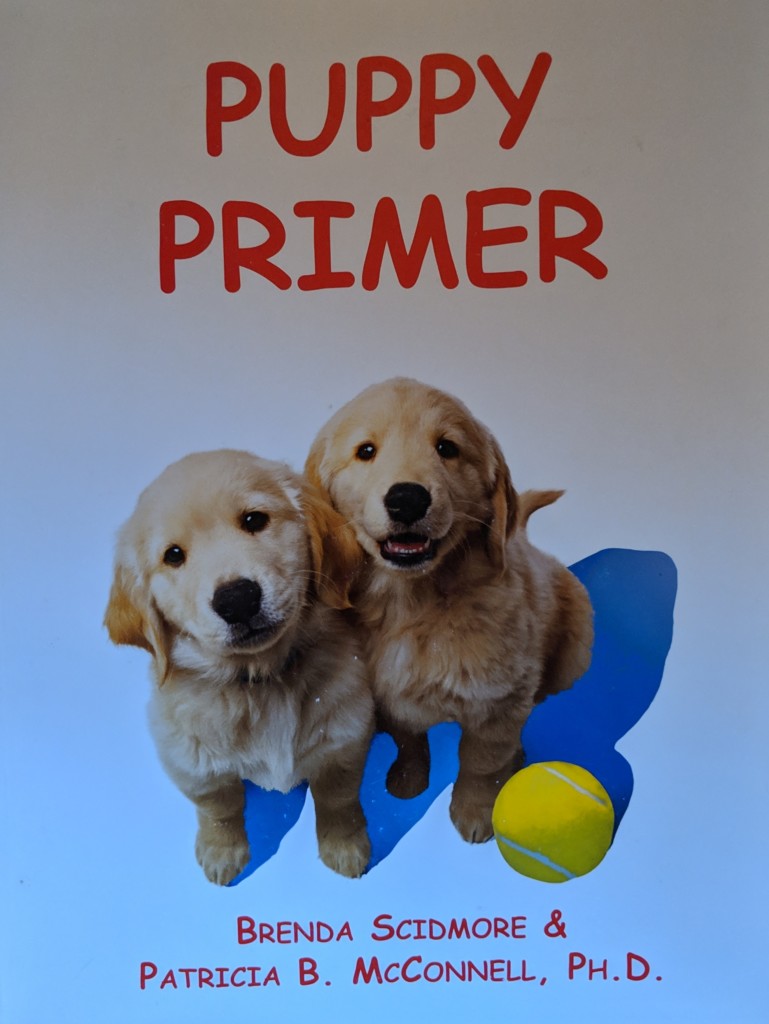
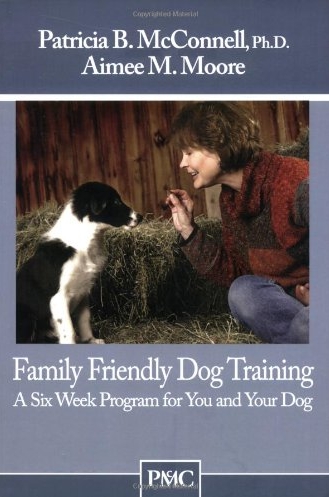
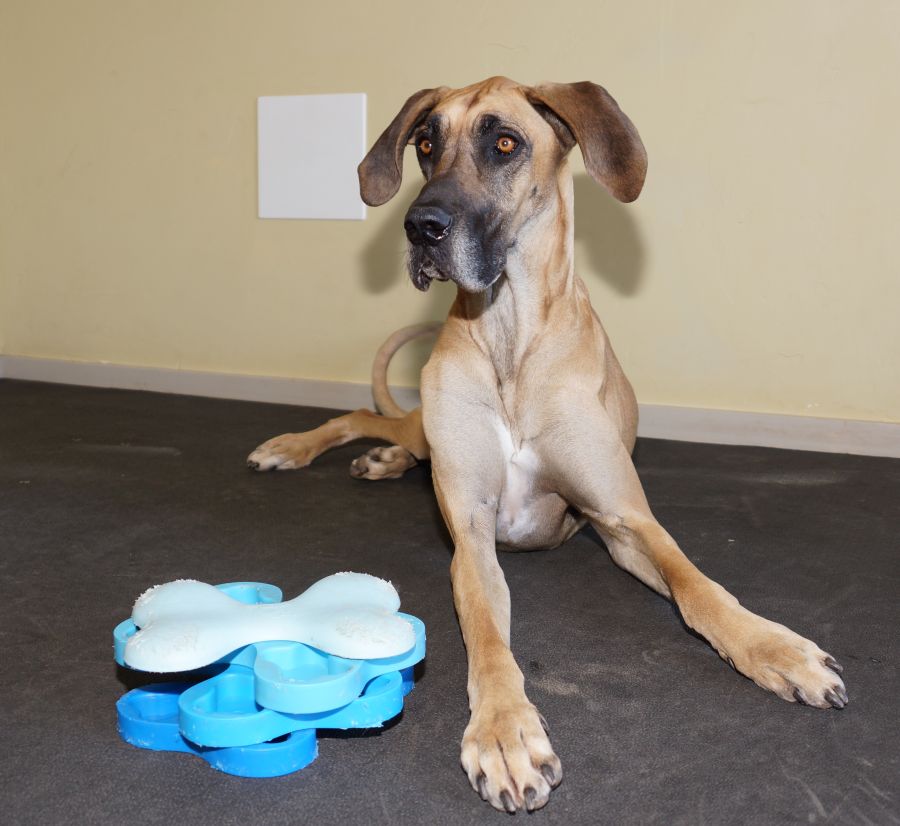
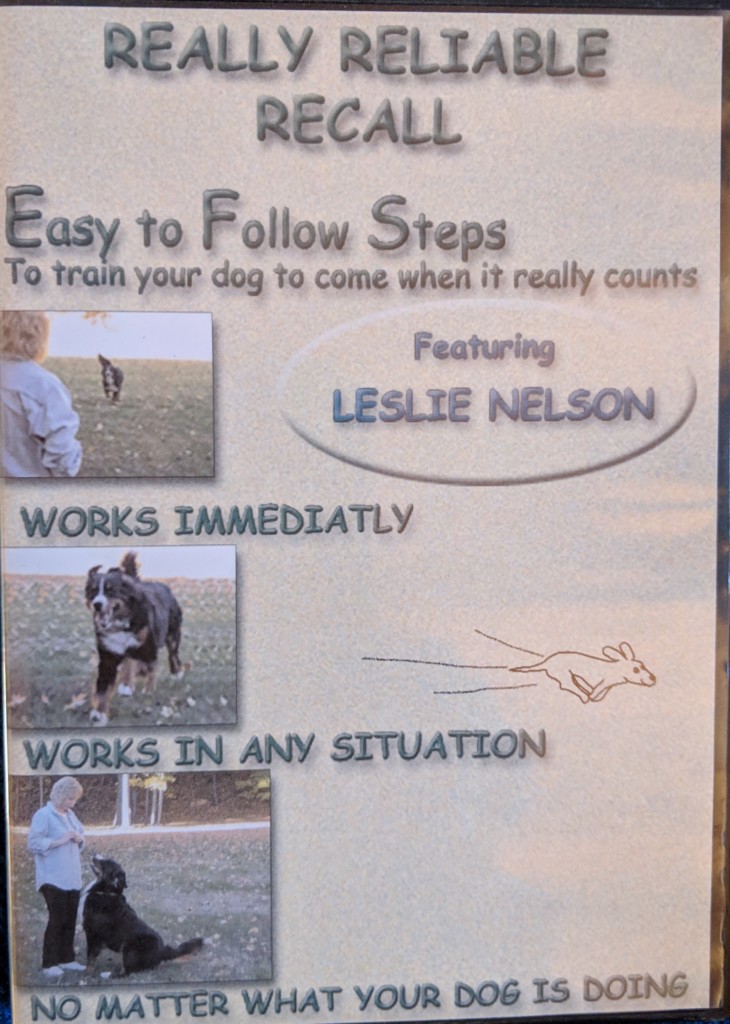
Leave A Comment